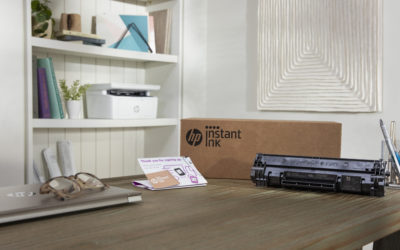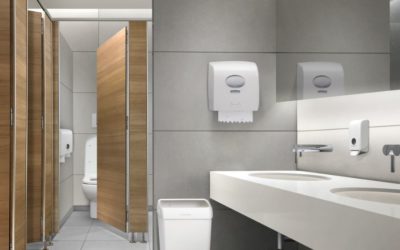Hot-desking has swept through offices across the globe as an alternative to traditional work stations, with an increasing number of companies seeking out ways to make their offices more dynamic, forward-thinking spaces.
With more people working flexible hours or on laptops and collaboration becoming a bigger focus for companies, the idea of a permanent desk has become a thing of the past.
Now, businesses with a hot-desking policy have become the new norm. Statistics show there’s good reason for adopting such a policy, too, with companies potentially able to save a collective £34 billion per year through hot-desking.
However, while hot-desking can be a great asset for fast-paced, creative industries, it’s not for everyone. Some people crave their own personal space at work, while others feel hot-desking is unsettling, as their work station changes daily, potentially throwing off their routine.
Learn more about the phenomenon of hot-desking and the advantages and disadvantages of shedding the traditional office set up, to help you decide if it’s right for your organisation.
The advantages of hot-desking
Encourages collaboration
Hot-desking breaks down the walls of office booths and invites people to chat more and move around. This makes people engage with those they work with on a more regular basis, which is especially helpful when they need to work together on a project in a shared space.
Fosters a togetherness
With no single desk to be tied to every day, hot-desking makes workers step out of their lane and interact with those they perhaps don’t work with in other departments. This can help them to build more relationships across the business and can improve the social side of your business, leading to happier workers.
Lowers office costs
https://www.acas.org.uk/index.aspx?articleid=4304
If your office has no fixed work stations, less office equipment and space is needed. Setting up a few standing desks or open tables can help keep overheads low – particularly useful for start-ups who need to be smart when kitting out new premises.
Helps flexible workers
Parents working non-fixed hours, those commuting from afar and remote workers all need office space from time to time, even if they’re not in every day. Hot-desking means there’s less chance their desk will be taken and helps guarantee a space on the days they are in the office.
Finally, a clear office space can help promote a clear mind. Static workstations can often become cluttered. It’s natural, as people want to make their space their own. But sometimes this can overspill into messiness and can make an office space look untidy.
The disadvantages of hot-desking
Reduces stability
Many people love coming into work and knowing they can sit at their own desk. It’s a personal space where they can keep a photo of their loved ones, have a desk calendar or a place to store their things. Hot-desking can take away this home-away-from-home comfort.
Affects collaboration
Hot-desking encourages people to collaborate, but can just as easily do the opposite. If space in a quiet area isn’t available for a project team, working together can prove difficult. Likewise, if you need to sit with a certain colleague, there’s no guarantee space will always be available.
Causes distractions
If someone is forced to hot-desk in a department which is noisier than they’re used to, this could affect their work. Plus, it can take a while in the morning to find a desk, set up your laptop and finally settle down to work. Delays like this can be distracting for some people.
Affects manager interactions
Some may feel lost in the shuffle with hot-desking. When line managers are changing where they sit, this can reduce face-to-face interactions. People may lose that regular contact and feel cut adrift when they need direct support from their supervisor or upper management.
Hot-desking can be a force for positive change in your workplace. It encourages people to get out of their comfort zone, embrace flexible working and make themselves more visible.
However, it also needs to be done correctly and isn’t for everyone, so it’s important to assess how it might impact your staff first. Rather than doing away with fixed work stations altogether, perhaps consider trialling small sections of your office as hot-desking areas.







